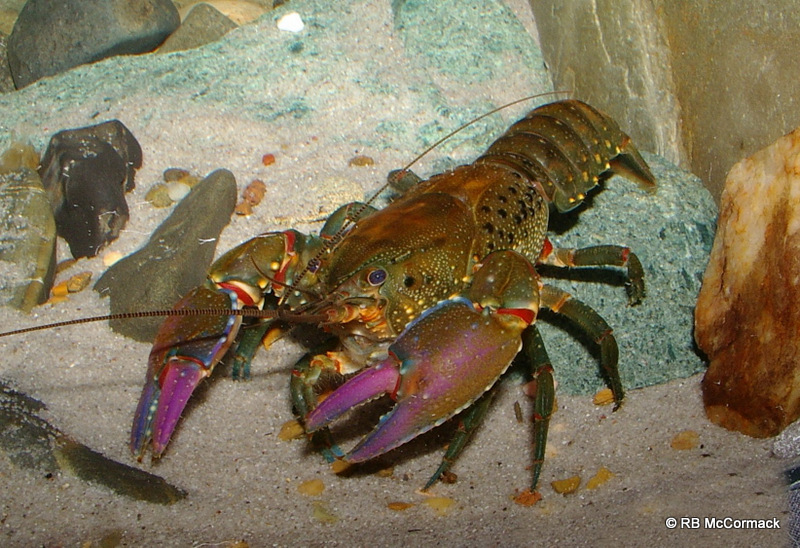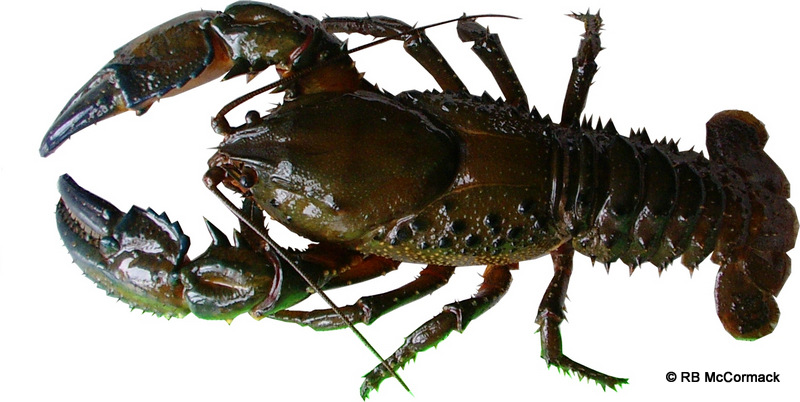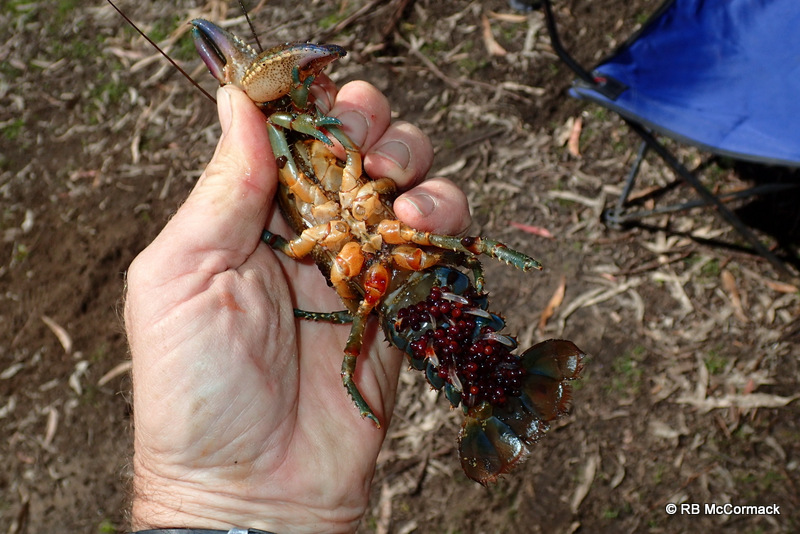Project: 100007 started back in 2008 final draws to a closure. The project that started out as an unidentified Euastacus crayfish species has been found in western drainage of NSW has been finalized with the completion of the project going to press.

A scientific manuscript title; Euastacus sp. nov., a new giant spiny crayfish (Crustacea, Decapoda, Parastacidae) from the Great Dividing Range, New South Wales, Australia, by Robert B. McCormack & Shane T. Ahyong has been completed and submitted to the journal Zootaxa.

The new species is described from the upper Cudgegong River, New South Wales, Australia This new species occurs in the western drainage of the Great Dividing Range, and is most closely related to E. spinifer (Heller, 1865), which occurs on the eastern side of the range. The new species differs from E. spinifer by its considerably smaller maximum size, greater degree of thoracic spination loosely arrayed in three instead of two rows, genetic sequence divergence in COI and unusual colour variations.

Both Euastacus armatus and the new Euastacus species occur in the upper Cudgegong River and this has led to much confusion in the past. Recent research by Whiterod et al., 2016 indicates that the E. armatus population in the upper Cudgegong is a translocated population.
In our present study, we formally describe this new Euastacus species, increasing the number of species of Euastacus to 53.
Cheers Rob McCormack
